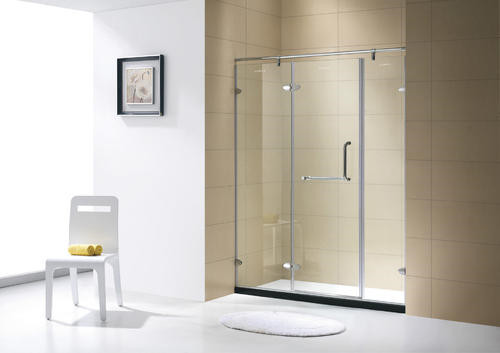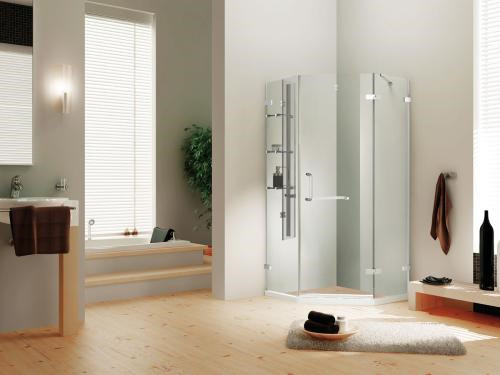Toilets are common family things that individuals utilize regularly, however there are still a few who may not completely get it how they work. One address that regularly emerges is why toilets have two buttons.
I、Why do toilets have two buttons?

The fundamental reason of having two buttons is to spare water. For the most part, the bigger button is utilized for a full flush, which discharges all the water in the tank. In differentiate, the littler button is outlined for a half flush, discharging as it were half the water. This permits clients to select concurring to their needs. It is prudent not to press both buttons at the same time, as this would squander a noteworthy sum of water.
II、Important contemplations for utilizing a can

1、When utilizing the latrine, particularly amid flushing, it’s vital to pay consideration to the can top. If not, microbes and microorganisms may be discharged into the discuss and settle on surfaces like dividers or towels, which can compromise our wellbeing.
2、The latrine situate is a as often as possible ignored region, however it’s one of the most sullied places that come into near contact with the body. In this manner, it ought to be a need for cleaning. It’s prescribed to clean it routinely, in a perfect world utilizing disinfectant each few days.

3、After utilizing the latrine, make beyond any doubt to clean off any squander; something else, stains can construct up and advance bacterial development. When cleaning the latrine, keep in mind to lift the situate and clean each spot interior with cleanser, guaranteeing each range is completely cleaned.
4、The can brush ought to continuously be kept dry to dodge getting to be a source of defilement. After each utilize, it ought to be flushed with water, put away in a well-ventilated zone, and kept dry. It’s moreover fitting to splash it in disinfectant frequently to keep up hygiene.

In summary:
this article gives understanding into why toilets have two buttons and critical utilization tips. For those interested in learning more, it would be ideal if you proceed to take after our site, and we will give more energizing substance in the future.































